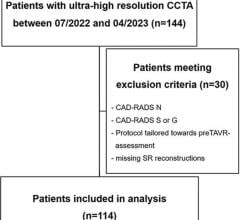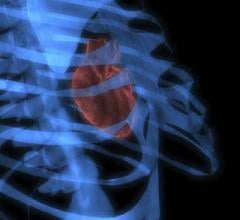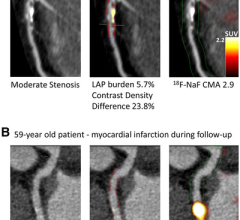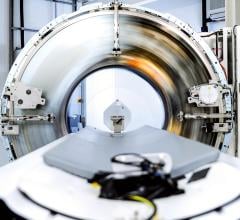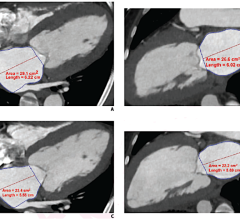April 2, 2008 - The Medical Imaging and Technology Alliance (MITA) said that the recent multi-center study presented Tuesday by Cardiologist James K. Min, M.D., at the 57th Annual Meeting of the American College of Cardiology in Chicago demonstrates that coronary computed tomographic angiography (CCTA) is cost-saving for patients with suspected coronary artery disease (CAD). CCTA is a medical imaging tool that detects CAD without surgery or catheterization within seconds. Dr. Min's study found the cost savings of the two leading non-invasive methods for detecting CAD varies based on the patient's heart history. Patients who underwent CCTA without prior diagnosis of CAD cost $603 less per patient compared to those who underwent myocardial perfusion imaging (MPI or SPECT). Both groups had equal clinical outcomes. "This study's findings further substantiate medical imaging technology as a cost-effective diagnostic tool for patients with suspected coronary artery disease," said Andrew Whitman, vice president, MITA. "MITA applauds the work of Dr. Min and his team at New York Presbyterian/Weill Cornell. Their findings remind us that patients deserve access to innovative medical imaging technology to help fight heart disease." CCTA has widespread acceptance as a proven technology to rule out heart disease with greater than 99 percent accuracy, according to a statement by MITA. This technology is used in more than 2,000 centers nationwide and has been approved by local Medicare carriers in all 50 states. "CCTA has become a standard of care for diagnosing and treating cardiac disease throughout the country and the world," said Whitman. "Studies like these remind us why it is crucial that policymakers turn to results-based findings and permit continued access to this state-of-the-art diagnostic tool for heart disease patients nationwide. Medical imaging works for patients by facilitating better diagnoses and works for healthcare providers by reducing costs." For more information: www.medicalimaging.org
If you enjoy this content, please share it with a colleague
Related Content
Nov. 12, 2025 — On Nov. 11, Huntsman Cancer Institute at the University of Utah (the U) opened its first specialized ...
April 30, 2025 – Viz.ai, the leader in AI-powered disease detection and intelligent care coordination, has launched Viz ...
Computed Tomography (CT) continues to be a rapidly evolving technology with many new advancements, as displayed and ...
February 20, 2024 — Ultrahigh-spatial-resolution photon-counting detector CT improved assessment of coronary artery ...
August 2, 2022 – A new update has been announced as the radiology world continues to address supply disruptions of ...
July 29, 2022 — Siemens Healthineers has announced the Food and Drug Administration (FDA) clearance of the ARTIS icono ...
July 8, 2022 — The Society of Cardiovascular Computed Tomography (SCCT) has released a new expert consensus document on ...
January 12, 2022 — By combining information from two advanced imaging techniques with clinical data, physicians can ...
The U.S. Food and Drug Administration (FDA) cleared the world's first photon-counting computed tomography (CT) scanner ...
October 14, 2021 — Cardiac computed tomography angiography (CTA) derived left atrium emptying fraction (LAEF) improves ...


 November 13, 2025
November 13, 2025 


